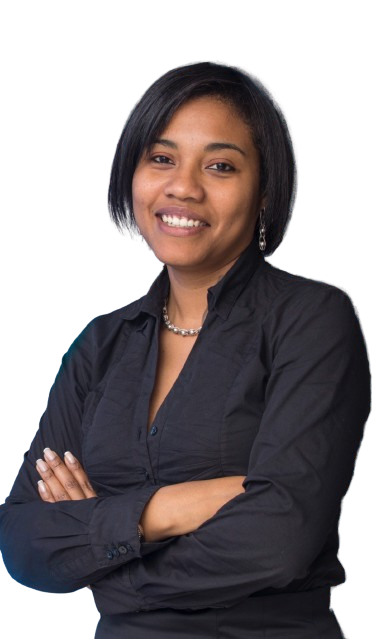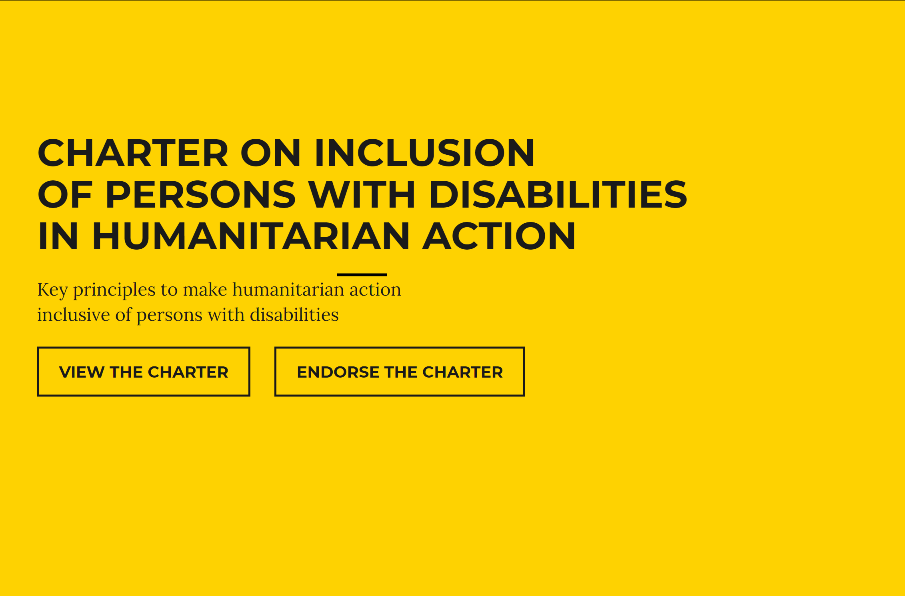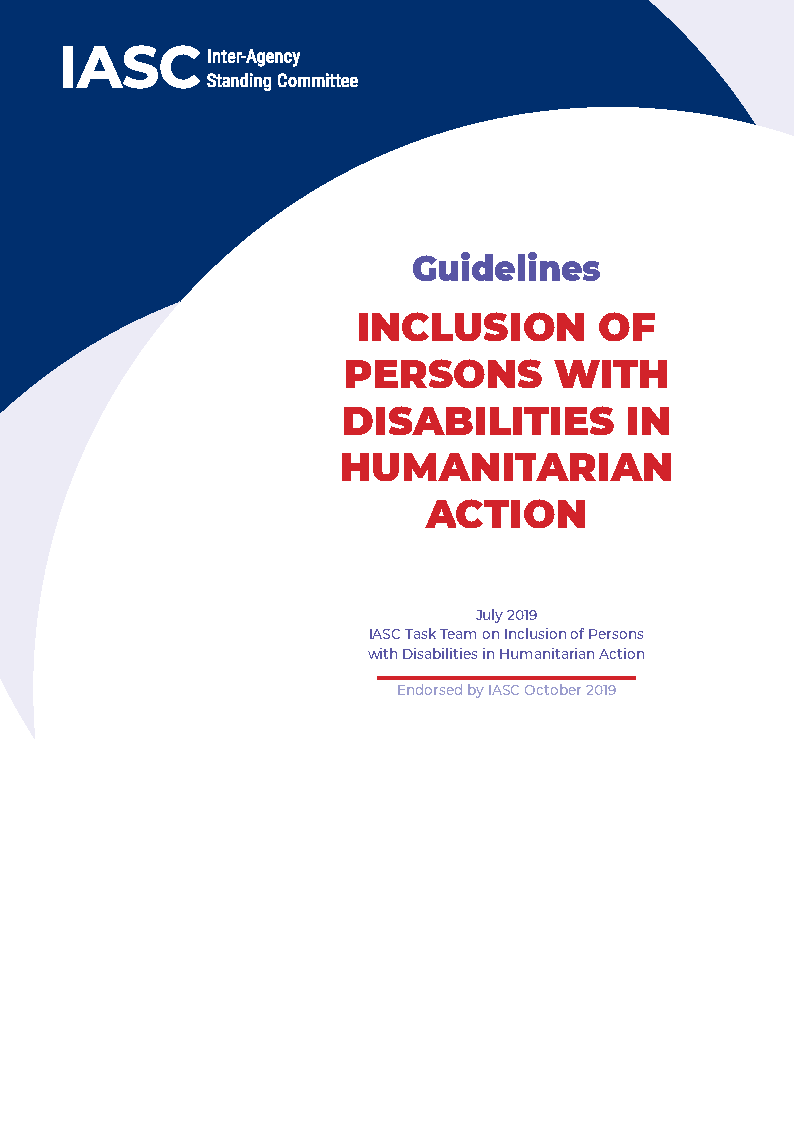This webinar recording introduces the guidelines for the inclusion of persons with disabilities in humanitarian action and discusses how they can be implemented in practice. The webinar was organized by ICVA, PHAP, and the Inter-Agency Standing Committee (IASC).
-
Search -
Accessibility -
Members Login









